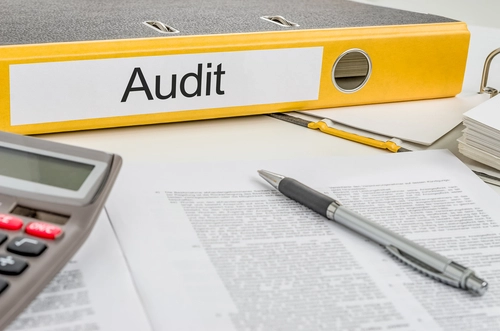3 Recordkeeping Tips That Will Make Auditors Smile

Instituting these simple strategies ensure that you’re ready for any type of review.
When you think of recordkeeping, you may immediately envision your accounting receipts and A/R books, but the reality is that you should also ensure that your medical records are just as buttoned-up as your financial information.
The following three tips will help you confirm that your documentation is as polished as it can be, so you’ll always be able to support the codes that you report.
Tip 1: Find A Way to Make Notes Legible. If your physician can’t maintain legible documentation, then your records won’t hold up under audit, and could even be compromising the integrity of your code choices. After all, if your coder can’t read the records, he or she can’t select the most appropriate code. If the doctor has messy handwriting, you may want to suggest that he print, use dictation or invest in an electronic health record (EHR) system to ensure legibility.
You certainly don’t want to have to reimburse any money because an auditor can’t read your doctor’s handwriting, and CMS clearly states that this can happen. “When determining the medical necessity of an item or service billed, Medicare’s review contractors must rely on the medical documentation submitted by the provider in support of a given claim,” CMS says in MLN Matters article SE1237. “Therefore, legibility of clinical notes and other supporting documentation is critical to avoid Medicare FFS claim payment denials.”
If an auditor is on the way and you know he won’t be able to read your notes, there are things you can do instead of panicking. “If a provider feels that his/her notes may not be legible, he/she may translate these notes prior to submitting them to Palmetto GBA for review,” says Part B MAC Palmetto GBA. “The note must be translated verbatim and signed by the provider. Both documents must be submitted.” In other words, you should submit your original documentation and the transcribed version to any auditor who requests the records.
Tip 2: Don’t Get Creative With Abbreviations. Your doctor may refer to a fasting blood test as an “FB,” but the coder might know “FB” as a “foreign body.” Confusing acronyms and abbreviations can confuse billing staff members as well as auditors. That’s why you should only use common abbreviations that are universally known.
Anthem Medical’s Medical Record Documentation and Coding Tips policy states, “Use only standard abbreviations, avoid the use of abbreviations in medical record documentation, and do not create your own abbreviations.”
So if your doctors are accustomed to using terms like “rec tkr,” you may want to remind them to expand it out to “recommend total knee replacement” to meet your carrier’s guidelines.
Tip 3: Look for Two Signatures When Scribes Are Involved. A scribe is a person who accompanies the doctor on each patient encounter. The scribe writes or transcribes the doctor’s dictation into the medical record, helping to expedite documentation.
While it helps if the scribe has knowledge of medical terminology and a familiarity with typical encounters, procedures and commonly used medications, there are no set training or qualification requirements since scribes basically function as a human tape recorder. The scribe should not independently document anything other than perhaps the review of systems and past medical, family, and social history, which Medicare documentation guidelines allow to be recorded by ancillary staff members.
When your doctor uses a scribe, ensure that you meet the signature requirements. Noridian Medicare says in its Documentation Guidelines for Medicare Services, “If the physician uses a scribe (an individual taking notes), the scribe needs to fully sign the note, with their own credentials, followed by the physician’s signature and credentials.”




